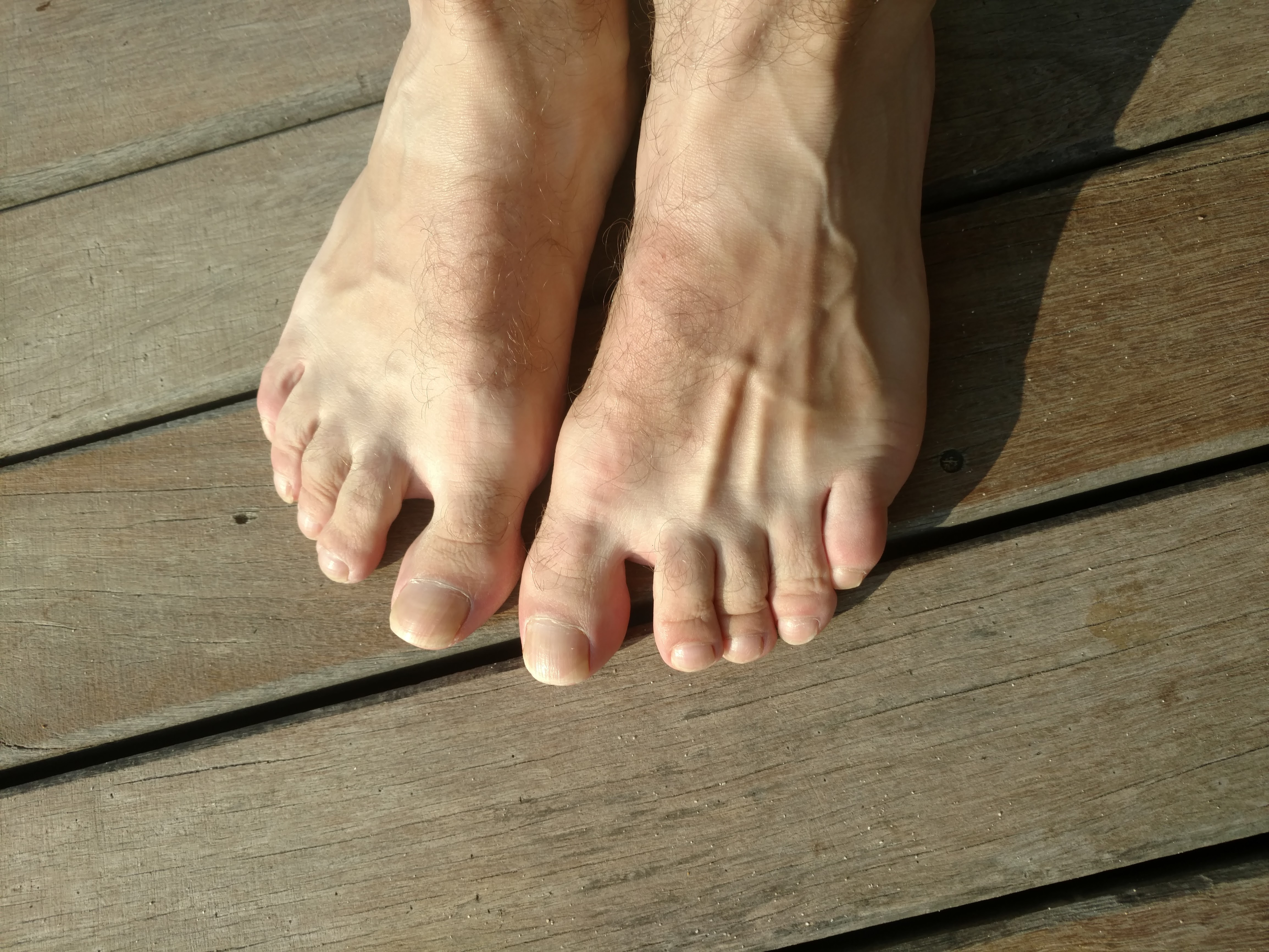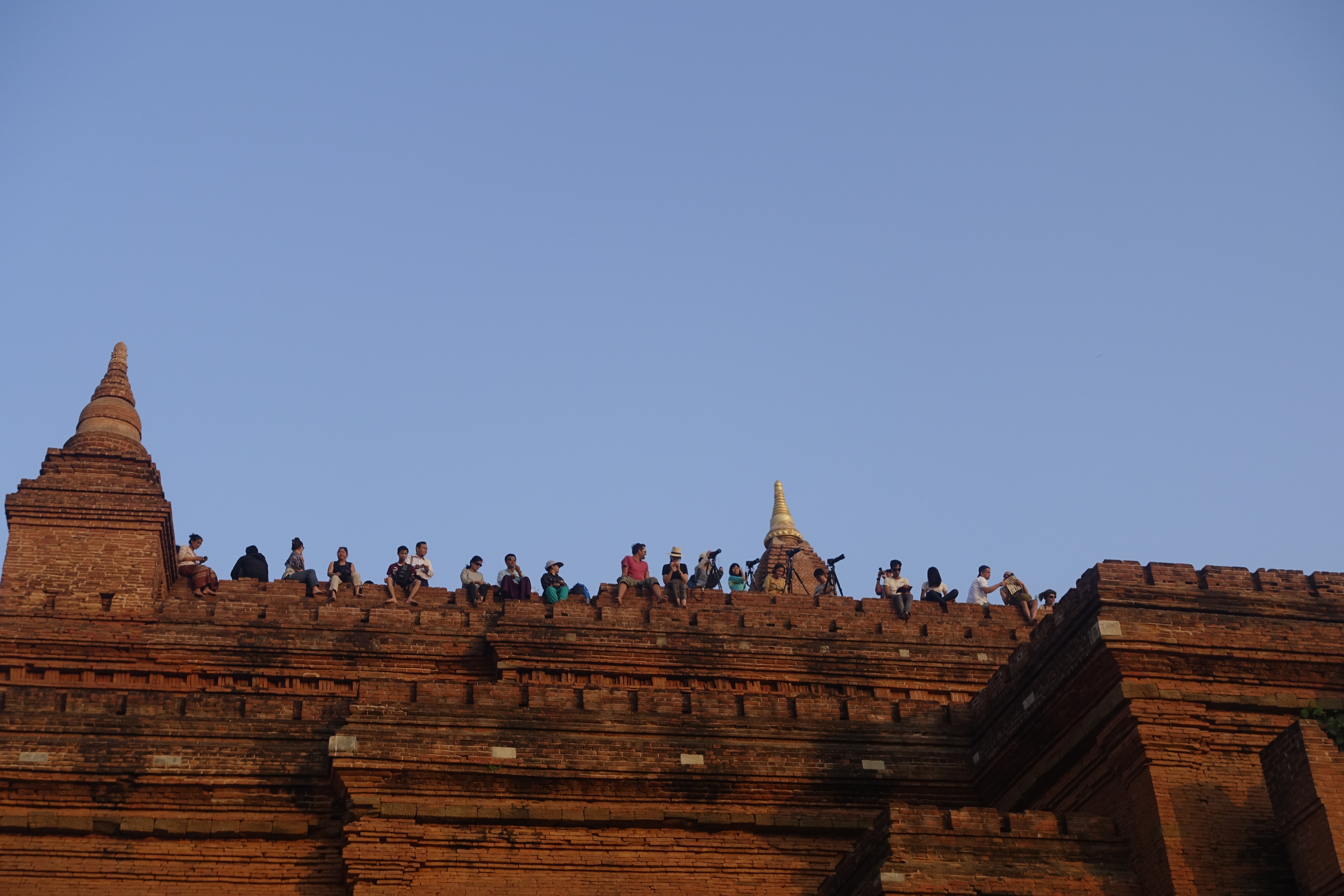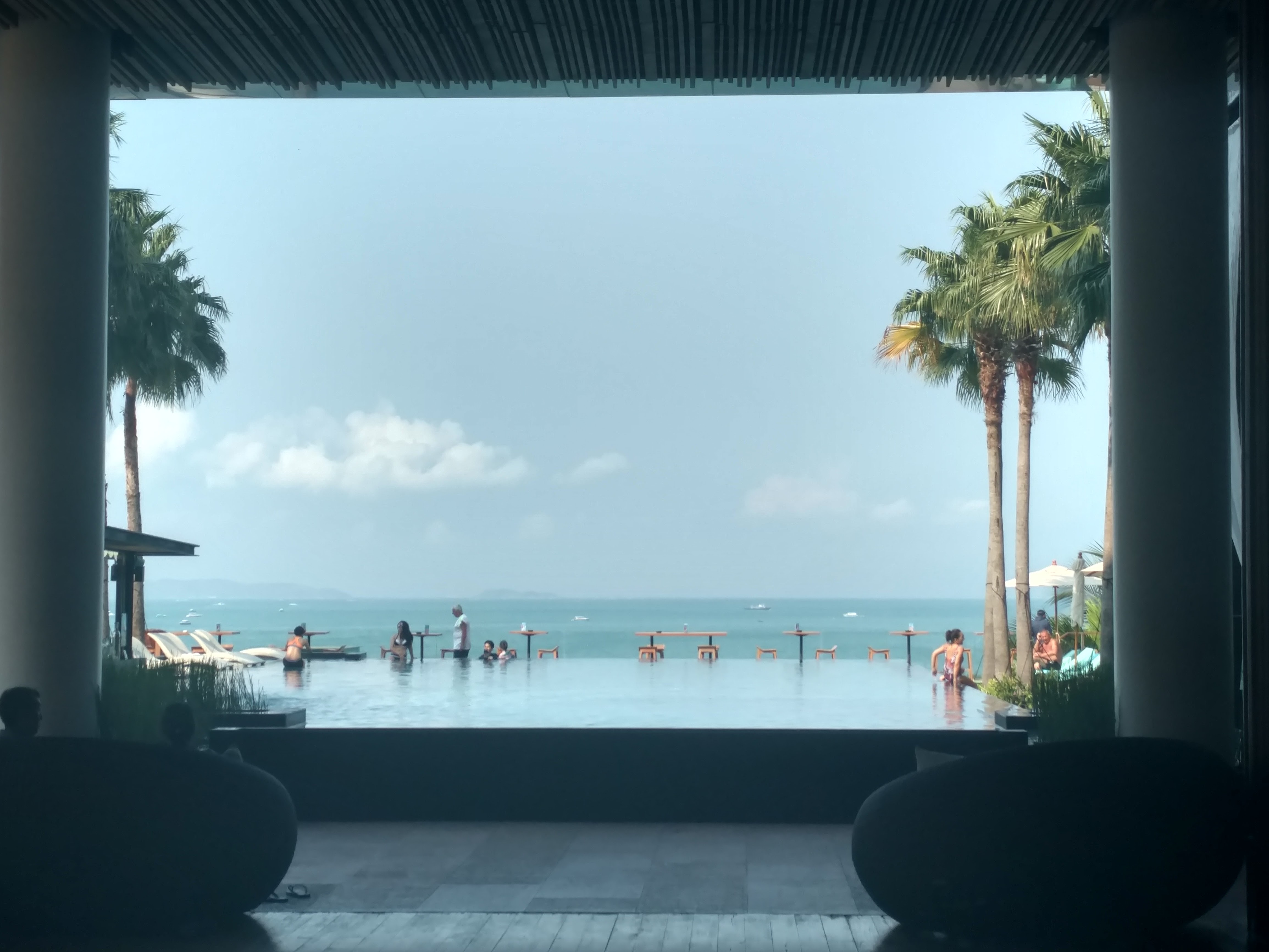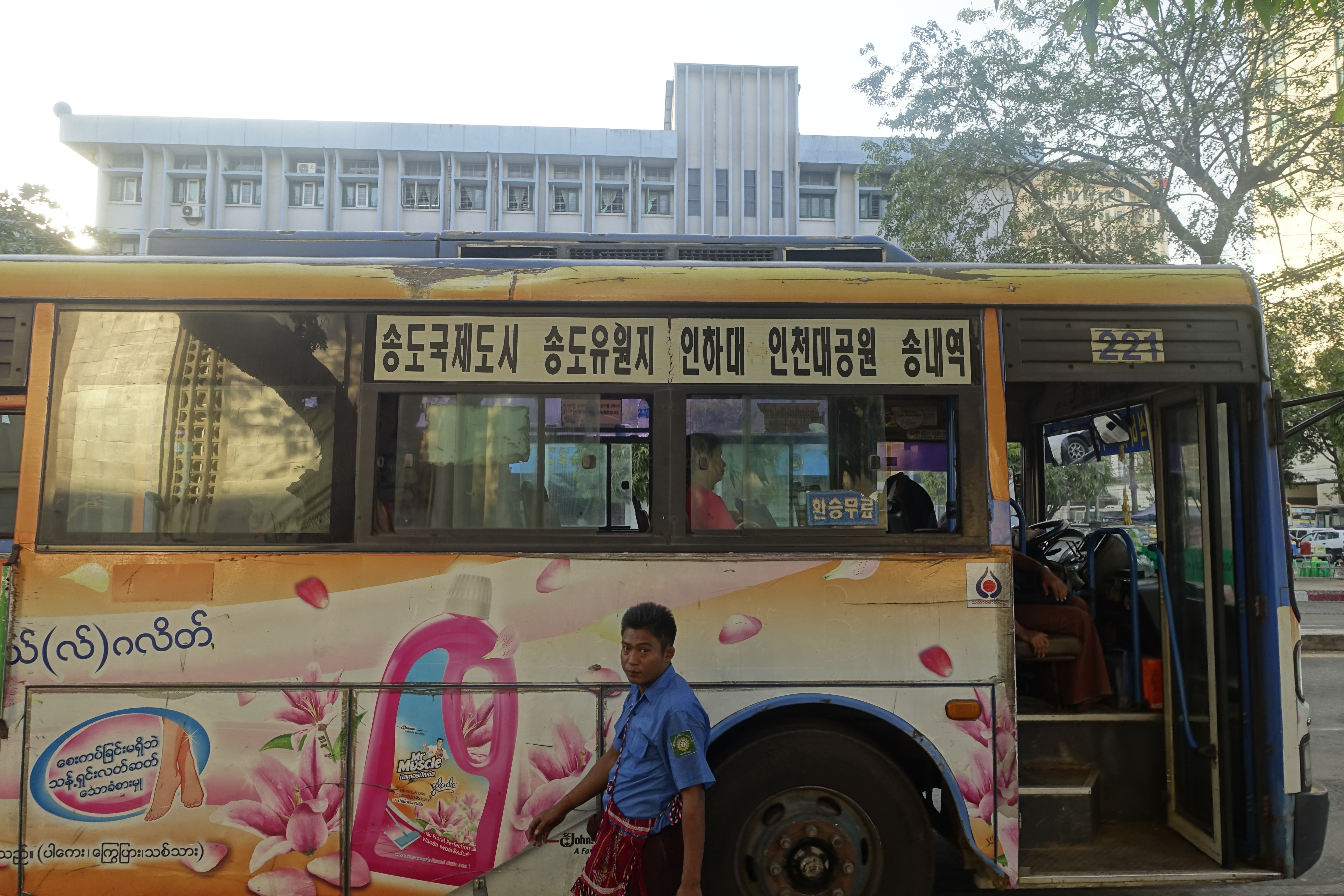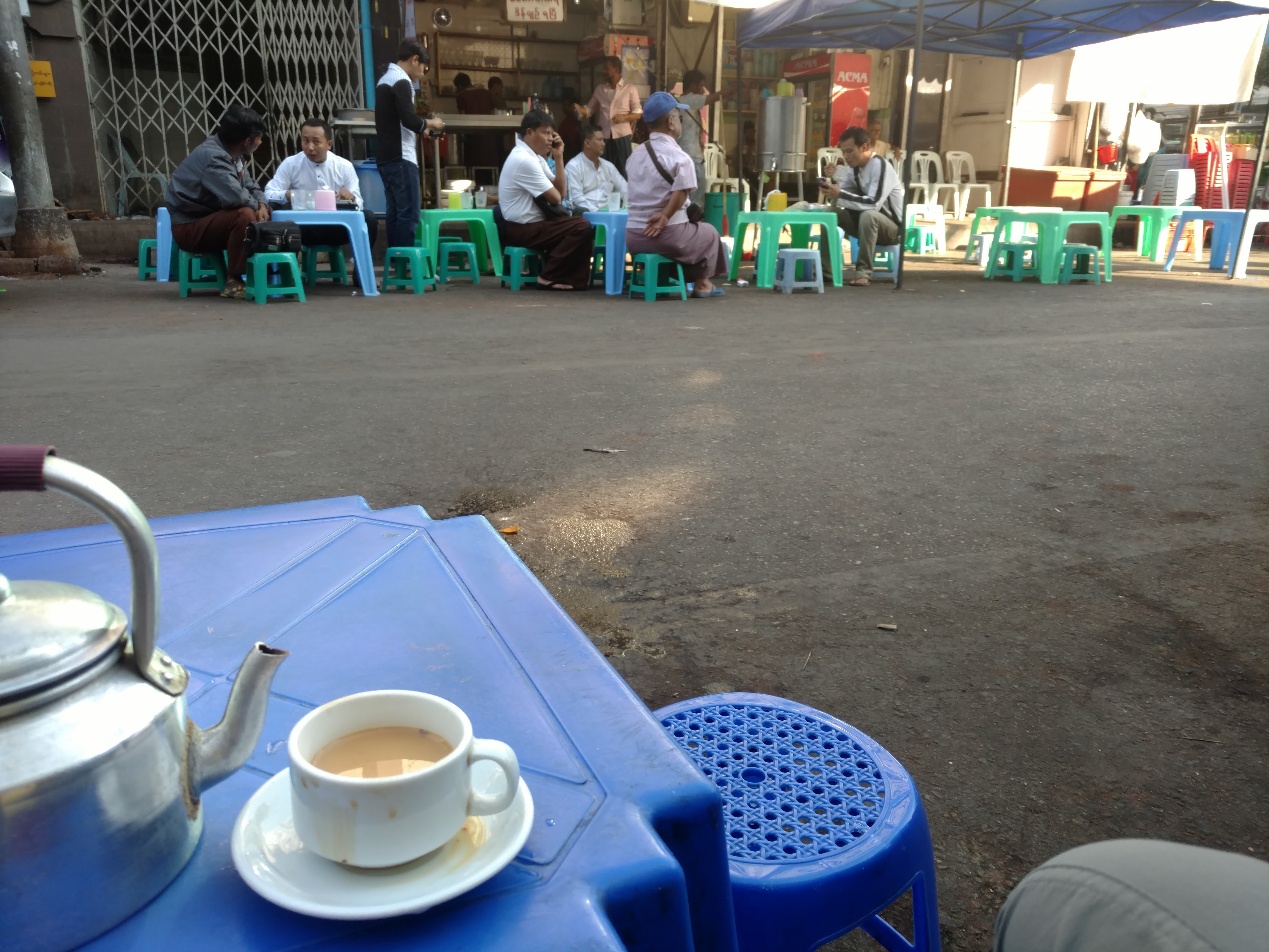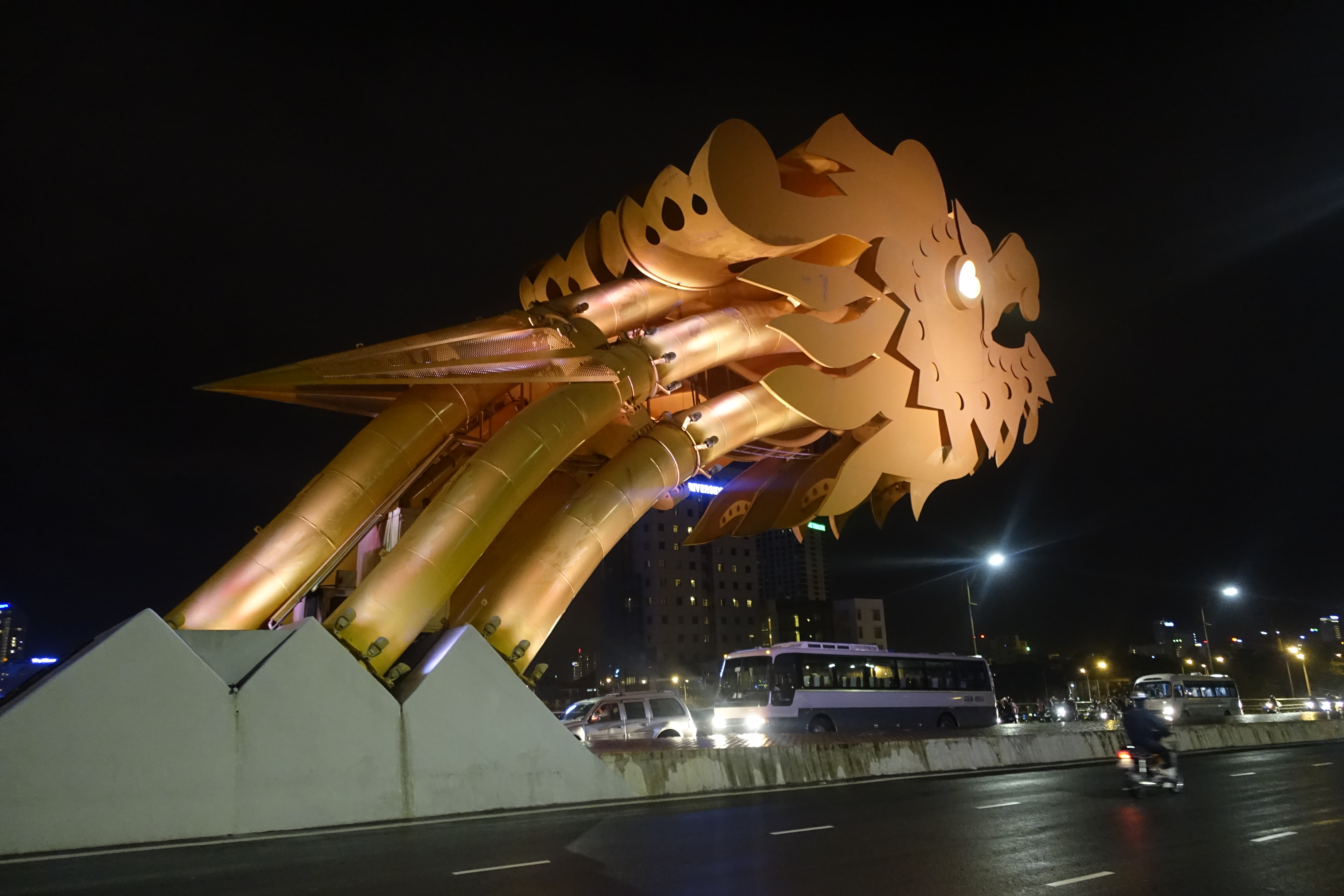Ho Chi Minh City, Vietnam
Today is my hundredth day in Southeast Asia. By the arbitrary notion that I will stay in Southeast Asia exactly two hundred days, I’m at the halfway mark. Chances are good that I’ll actually be hear a bit longer, but it’s still a good moment to take stock, especially since tomorrow is Tet, the Vietnamese (and Chinese and Korean) new year, a time of assessment and renewal. Happy Year of the Monkey!
By the numbers
In the past hundred days, I’ve slept in 29 different towns in four countries, for an average of 3.45 days per location. The longest was a seven-day stretch in Bangkok, which is also the place I’ve spent the most days total. Some locations were repeats. I have returned to a town I previously visited on thirteen separate occasions, or once every 7.69 days. There have also been thirteen one-night stands. The net result is that I have moved on to a different town, on average, once every 2.44 days.
I have stayed in 37 different hotels (which also includes three homestays and one night on a bus). There are more hotels than towns because I have sometimes returned to town and stayed at a different place, and in Kuala Lumpur I somehow ended up jumping from hotel to hotel almost nightly. On 42 nights, I have gone to sleep in a room (or, once, conveyance) that was not the room (or conveyance) where I slept the night before. In other words, I’ve switched from one place to another — sometimes in the same town, sometimes going from one town to another — once every 2.38 days.
Not including the flight that got me to Asia, I have been on six flights, four of them international. I have also traveled by private car, rental car, taxi, tuktuk, truck taxi, train, bus, VIP bus, minibus, scooter, ebike, horsecart, river boat, canal boat, long-tail boat, ferry, raft, rowboat, tube, bicycle, and my own two feet.
Lost and found
Since my arrival, I have lost one Uniqlo undershirt that I mostly used to cover my eyes when I slept, one plastic turquoise bead bracelet that I got at a temple in Korea, a bathing suit, and a pair of Uniqlo underwear. I have abandoned my Thailand and Myanmar Lonely Planets and a pair of Banana Republic pants that were a bit tight to begin with and had begun to tear at the seams. I gave away my Nexus 5 to someone who was happy to have it.
I have purchased a small painting on cloth, a “Bike for Dad” polo shirt from Thailand, a hiking T-shirt from a Lopburi department store, a replacement bathing suit, a T-shirt that says “Baaa Baaa Bangkok,” a really nice thin cotton shirt from Malaysia, a wooden bead bracelet from Hue, a longyi that I needed to cover up my shorts so I could enter Shwedagon Paya, an awful pair of hippie pants that I needed in Myanmar because all my other pants were filthy, a cookbook I got from a cooking class in Thailand, Lonely Planets Cambodia and Laos, two new pairs of Uniqlo underwear, and some cheap plastic water shoes.
I have 63 new Facebook friends, only some of whom are people I’ve met in my travels. Most of them I will probably never see again.
I have purchased and then abandoned an ugly sweater, a winter coat, a winter hat, two terrible pairs of cheap Burmese underwear, and a fluffy pair of socks.
I have also left with a friend in Vietnam a number of items that I want to keep but wasn’t using: a nice shirt and vest, a Chromecast, a box of business cards, the painting and the cookbook and maybe some other things I’ve forgotten about.
I am at last losing my sandal tan.

